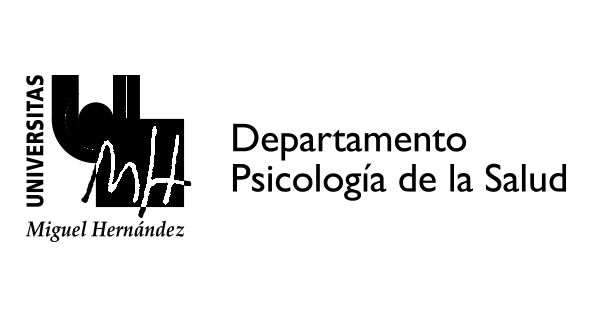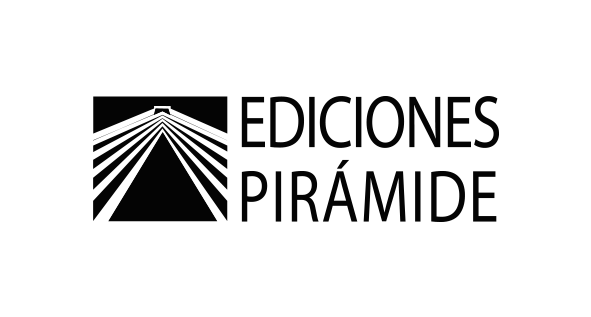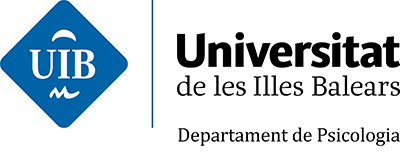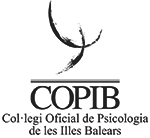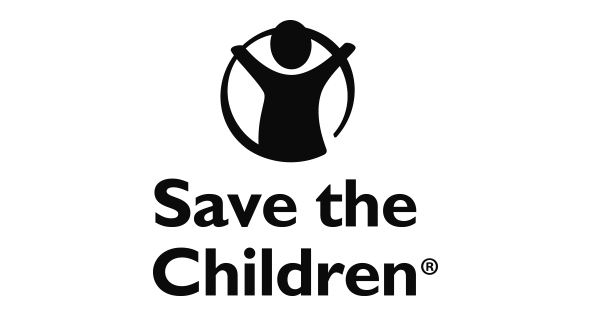Remedios González
University of Valencia, Spain
CHILDREN’S DRAWING AS A DIAGNOSTIC AND THERAPEUTIC TECHNIQUE
Abstract
Children’s drawing in diagnosis and as a therapeutic technique involves the use of images as a method to obtain information and not just to represent it. For this it is necessary to know that each evolutionary stage implies cognitive / intellectual, perceptive and motor skills in the child. They mediate their narrative intentions and their way of expressing them. Because all this, drawing constitutes an original field of study of child psychology. Thus, the drawing provides a privileged material that allows to observe the maturity of the child’s aptitudes through the graphic representation of the perception of his/her experience. The aim of this workshop is to provide tools to understand the language of children’s drawing as a diagnostic and therapeutic technique. For this, a description of the evolutionary characteristics of the children’s drawing will be provided, which will form the basis to understand how it can be used as a therapeutic technique. Specifically, the Winnicott scribbling technique in child therapy will be presented. This technique allows to identify the areas of concern of the child as well as to elaborate with him his understanding and strategies to manage them. All this will be done through the active participation of the group’s members.
Remedios González Barrón is Honorary Professor at the University of the Department of Personality, Evaluation and Psychological Treatments in the Faculty of Psychology at the University of Valencia in Spain. Her teaching focuses on Child and Adolescent Clinical Psychology. In the last decades she has held different positions such as Associate Dean of Practices, Coordinator of the Degree in Logopedia, the President of the Ibero-American Association for Diagnosis and Psychological Evaluation, and she also has been the editor-in-chief of its journal. She has also been part of several committees at the University. He research focuses on different topics on childhood, adolescence and adult population (emotions, prosocial behavior, school coexistence, hospitalization, intervention programs, among others). The objectives are to determine the risk profiles in the mentioned topics. Her research has been funded by agencies through public calls. She has also collaborated with other national and international institutions. Her research results have been published in impact journals and presented at national and international congresses, as well as in teaching and outreach books and chapters book.




